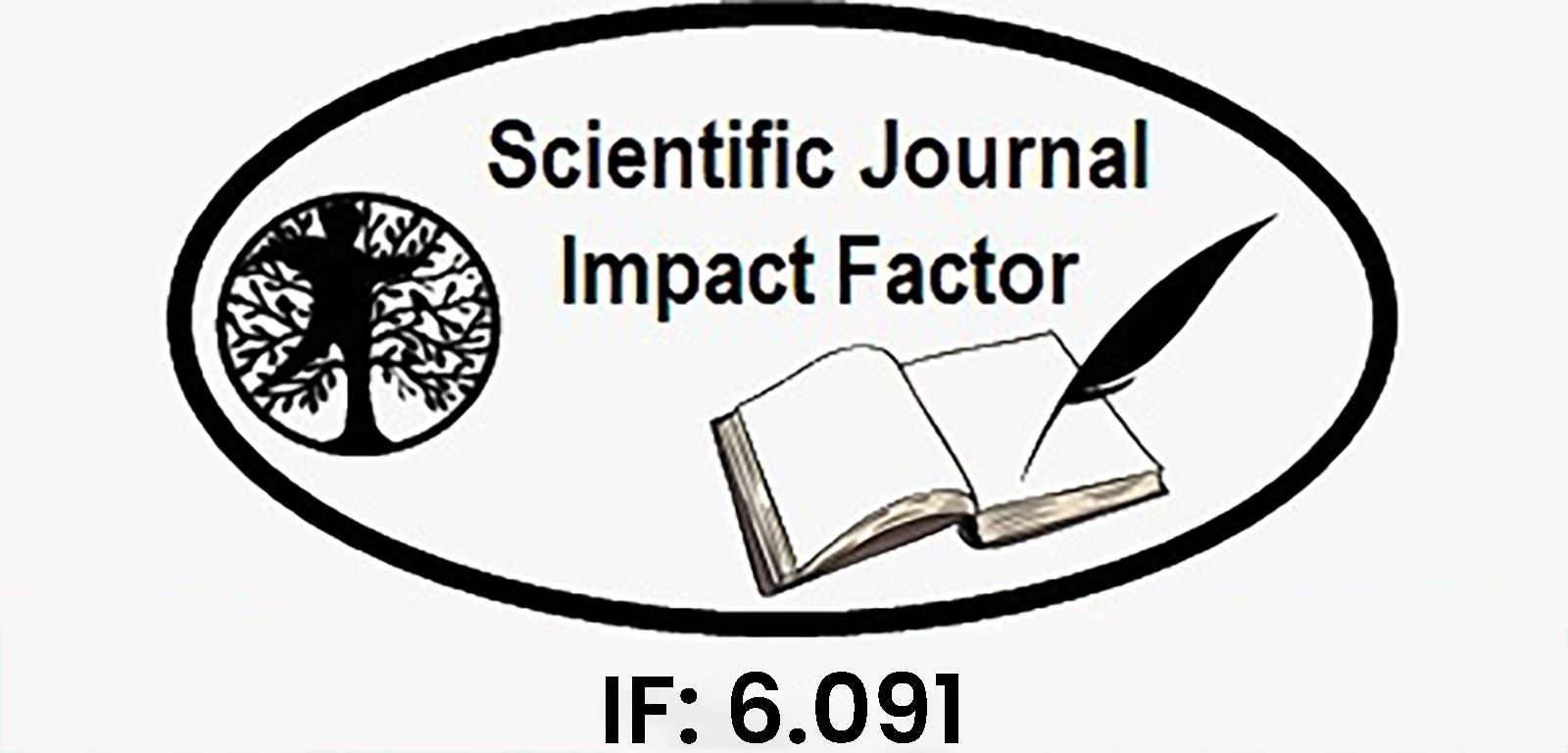Diabetes Disease Prediction Using Machine Learning Algorithms
Keywords:
diabetes, Disease Prediction, Machine Learning, Algorithms, regression, rural African Americans in Virginia and the PIMA, diagnostic metrics in the dataset'Abstract
Even though diabetes is one of the most prevalent illnesses globally, it is curable and preventable if caught in its early stages. Based on certain diagnostic metrics in the dataset, we create a model to predict whether a patient will acquire diabetes. We next investigate several methods to enhance the model's performance and accuracy. This article primarily makes use of logistic regression and conducts its analysis utilizing Python integrated development environments (IDEs). A dataset from Vanderbilt based on a study of rural African Americans in Virginia and the PIMA Indians Diabetes dataset from the National Institute of Diabetes and Digestive and Kidney Diseases are the primary data sources used in the experiment. There are two distinct approaches to function selection. To top it all off, we apply aggregation approaches, which boost speed by making more accurate predictions using only one model. The original datasets and datasets created later using feature selection and aggregation approaches are both documented in terms of accuracy and runtime. In addition, every example is accompanied with a comparison. For dataset 1, the highest accuracy achieved was about 78% when the aggregation approach Maximum Voting was used. For dataset 2, the highest accuracy was around 93% when the combined procedures of maximum polling and stacking were used. When it comes to developing predictive models, logistic regression is among the most successful algorithms.
Downloads
Downloads
Published
Issue
Section
License

This work is licensed under a Creative Commons Attribution-NonCommercial-NoDerivatives 4.0 International License.















